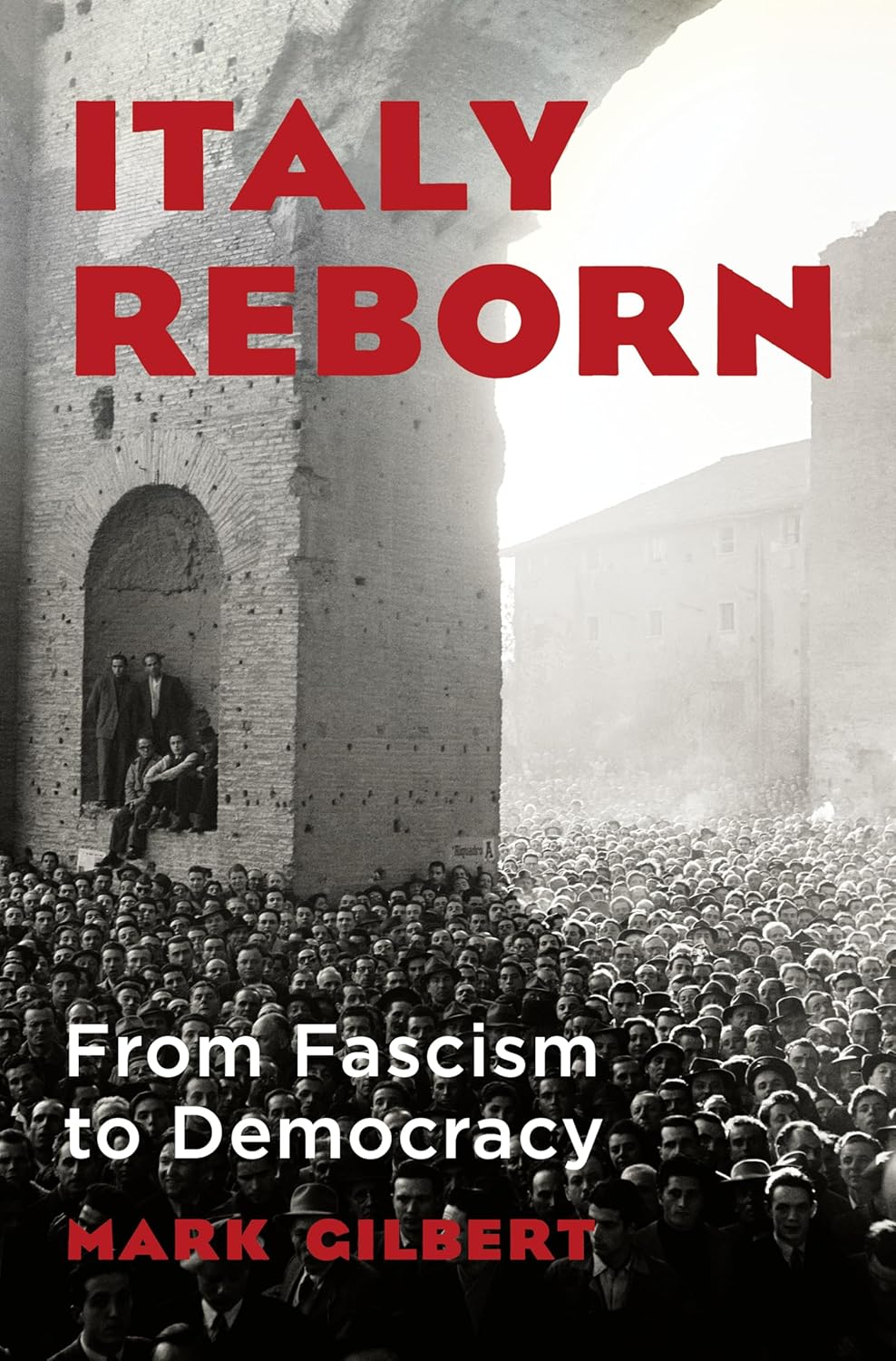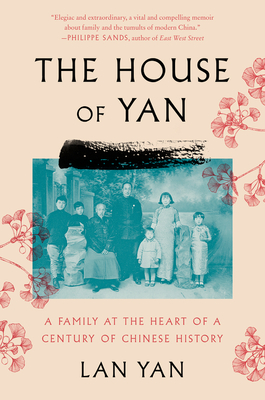Italy Reborn: From Fascism to Democracy
- By Mark Gilbert
- W.W. Norton & Company
- 544 pp.
- Reviewed by Andrew M. Mayer
- December 25, 2024
An edifying account of Italian politics before, during, and after Il Duce.

In Italy Reborn, author Mark Gilbert, the C. Grove Haines Professor of History and International Studies at Johns Hopkins’ SAIS Europe, has delivered the official prototype of 20th-century Italian history from the fall of dictator Benito Mussolini to the rise of democratic reformer Alcide De Gasperi. The Italy he portrays is a complex mashup of liberals, socialists, communists, monarchists, and the party that would stabilize the country after World War II, the Christian Democrats.
Following a series of 19th-century revolutions (some successful, some not), Italy was ruled at the turn of the 20th century by monarchy and the papacy, with liberal-leaning Giovanni Giolitti serving five nonconsecutive terms as prime minister (from 1892 to 1921). Despite waging colonial war in Libya in 1911-1912, Italy was unprepared for World War I. Encouraged by promises of Italia irredenta — the claiming for Italy of parts of the Austro-Hungarian Empire — it joined with France and England in the fight against Germany. Italy had lost 650,000 soldiers by the war’s end in 1918, yet the country felt slighted by the terms of the Treaty of Versailles, which failed to grant it the territories promised. This led to rage, destabilization, and Italy’s long flirtation with communism.
In October 1922, Mussolini, who’d been a socialist journalist before and during WWI, began a march on Rome and forced King Victor Emmanuel III to appoint him prime minister. Soon after, Il Duce and his Fascists disposed of the remaining liberal opposition in parliament. The ensuing uproar aside, Mussolini retained power and stabilized relations with Pope Pius XI via the Lateran Pacts of 1929, which established Vatican City as a sovereign state. Further, he began expansion of the Italian empire into North Africa. In Ethiopia, Italian troops were especially brutal, exacting retribution for their serious defeat in the 1896 Battle of Adwa.
Author Gilbert makes it clear that Mussolini, notwithstanding his own thirst for conquest, was wary of Adolf Hitler, but shortly after the 1938 Munich Agreement — an ill-conceived act of appeasement that granted Germany control over much of Czechoslovakia — Il Duce and Hitler jointly signed the Pact of Steel, allying Italy and Germany as World War II developed. In 1940, the Tripartite Pact would formally add Japan to the Axis Powers.
Internally, Italy tightened the screws on Jews with its own restrictive racial laws, mimicking Germany after Kristallnacht. As David I. Kertzer aptly notes in The Pope at War: The Secret History of Pius XII, Mussolini, and Hitler and other books, the Vatican was mostly silent in 1943 when — following Mussolini’s removal from office and arrest by the king — the Nazis entered Rome and cleared out a large part of its Jewish ghetto, sending over 1,000 Italian Jews to Auschwitz, few of whom would return. Around the same time, Mussolini was rescued by the Germans and installed atop the Republic of Salò, a Nazi puppet state, in Northern Italy.
Militarily, Italy performed poorly throughout the war. After taking Albania in 1939, Mussolini tried — and failed — to take Greece. In Libya and Tunisia, Italian soldiers fought alongside the Wehrmacht’s Erwin Rommel but were defeated there, too. When the Allies took Rome in June 1944 and rolled north by mid-spring 1945, Mussolini attempted to flee to Switzerland with his mistress. Both were caught and murdered by partisans in April 1945. Hitler and his new wife died by suicide in a Berlin bunker days later.
The Badoglio government (1943-1944), under Prime Minister Pietro Badoglio, which had taken power following Mussolini’s arrest, cooperated with the Allies for the remainder of the war. Nonetheless, at war’s end, the Allies — particularly France — treated Italy harshly and demanded it form a democracy.
As Gilbert ably chronicles, in 1946, anti-fascists, communists, and socialists combined forces to form a unified democratic government under De Gasperi, founder of the Christian Democracy party and the first prime minister of the Italian Republic (nee the Italian Empire). The Christian Democrats would survive numerous takeover attempts starting as early as 1948 and continuing through the Korean War.
De Gasperi remained in office until 1953, dying the following year at age 73. He was largely responsible for the post-WWII economic stability of Italy, its alliance with the United States, and its joining of NATO (made official in 1955). Gilbert is to be commended for his precise detailing of De Gasperi’s struggles with Italy’s Communist Party leader Palmiro Togliatti and Socialist Party head Pietro Nenni. He also makes clear that Italy’s government benefits even today from the reforms spearheaded by De Gasperi. For one, 1947’s Constitution of the Italian Republic forbids the creation of fascist political parties. (Nevertheless, current prime minister Giorgia Meloni, the first woman to hold the office, is a member of the right-wing — and arguably neofascist — Brothers of Italy party.)
The politics of 20th-century Italy were convoluted and complex, but in the hands of Mark Gilbert, they’re brought vividly to life. “In the English-speaking world,” he writes in his introduction, “Italy’s democracy does not have a good reputation.” But in the pages of Italy Reborn, its story is expertly told.
Andrew M. Mayer is professor emeritus of humanities and history at the College of Staten Island/CUNY.

